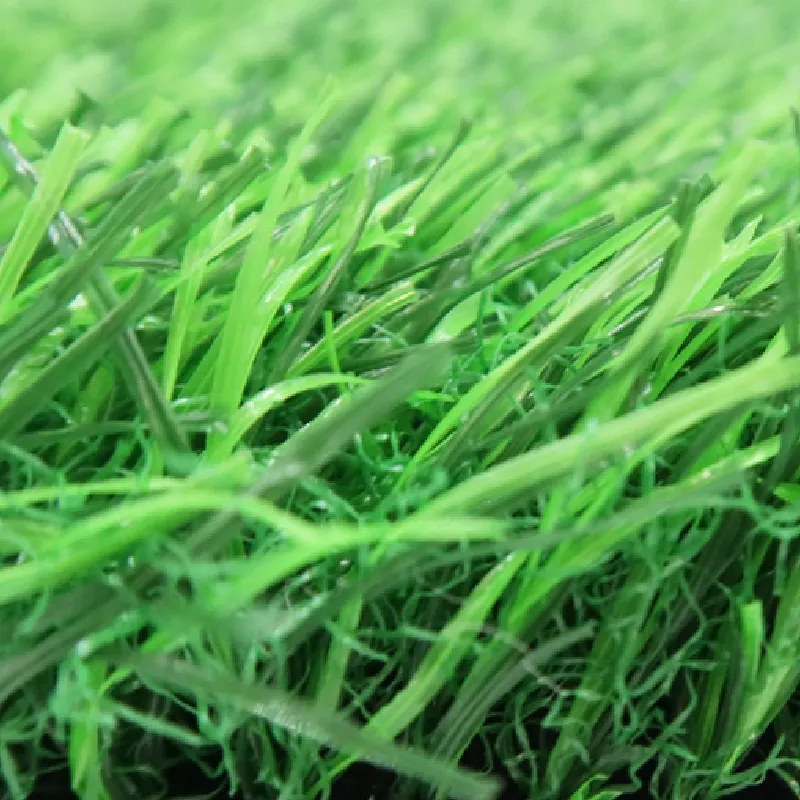
- Afrikaans
- Arabic
- Belarusian
- Bengali
- Czech
- Danish
- Dutch
- English
- Esperanto
- Estonian
- Finnish
- French
- German
- Greek
- Hindi
- Hungarian
- Icelandic
- Indonesian
- irish
- Italian
- Japanese
- kazakh
- Rwandese
- Korean
- Kyrgyz
- Lao
- Latin
- Latvian
- Malay
- Mongolian
- Myanmar
- Norwegian
- Persian
- Polish
- Portuguese
- Romanian
- Russian
- Serbian
- Spanish
- Swedish
- Tagalog
- Tajik
- Thai
- Turkish
- Turkmen
- Ukrainian
- Urdu
- Uighur
- Uzbek
- Vietnamese
Advantages of Artificial Turf for Sports Fields and Recreational Areas
Nov . 09, 2024 07:24 Back to list
The Rise of Artificial Grass Sports Surfaces
In recent years, the world of sports has witnessed a remarkable transformation with the increasing adoption of artificial grass sports surfaces. These advanced playing fields have not only enhanced the aesthetics of sports venues but have also contributed significantly to performance, safety, and sustainability. This article delves into the myriad benefits and considerations associated with artificial grass, highlighting its growing prominence in various sports.
Understanding Artificial Grass
Artificial grass, often referred to as synthetic turf, is designed to mimic the appearance and feel of natural grass while offering superior durability and consistency. Composed of synthetic fibers, these surfaces are engineered to withstand the rigors of sports activities, making them a popular choice for facilities ranging from professional stadiums to local parks and schools.
Traditionally, natural grass requires substantial maintenance, including mowing, watering, and fertilization. In contrast, artificial grass requires minimal upkeep, allowing sports facilities to allocate their resources more effectively. The modern synthetic turf is constructed with advanced materials that provide excellent drainage, ensuring that the surface remains playable even after heavy rainfall.
Benefits of Artificial Grass Sports Surfaces
One of the most significant advantages of artificial grass is its durability. Unlike natural grass, which may become patchy or worn in high-traffic areas, synthetic turf maintains its integrity regardless of weather conditions or usage. A well-installed artificial grass surface can last anywhere from 8 to 15 years, depending on maintenance and usage, making it a cost-effective option for sports organizations.
2. Consistent Playing Conditions
Weather can significantly impact the quality of natural grass surfaces, causing them to become muddy or uneven. Artificial grass, however, offers a consistent playing experience regardless of environmental conditions. Athletes can benefit from stable footing and predictable ball behavior, which is crucial for performance in sports such as soccer, football, and field hockey.
3. Injury Prevention
artificial grass sports surfaces

The safety of athletes is a primary concern for coaches and sports organizations. Recent studies suggest that well-designed artificial grass surfaces can reduce the risk of certain injuries compared to natural grass. Synthetic turf is often engineered for optimal shock absorption and traction, which can help prevent common sports-related injuries such as knee and ankle sprains.
4. Environmental Considerations
While some may argue about the environmental impact of synthetic materials, advancements in technology have led to the creation of eco-friendly artificial grass options. Many modern surfaces are made from recyclable materials and are designed to be infilled with environmentally safe components. Moreover, the reduced need for water, fertilizers, and pesticides associated with artificial grass can contribute to water conservation and lower chemical runoff.
5. Versatility and Multi-Sport Use
Artificial grass surfaces can easily accommodate a variety of sports, making them highly versatile. From soccer and football to lacrosse and rugby, these fields can be tailored for multiple uses, allowing sports complexes to maximize their facilities. This adaptability is particularly beneficial for schools and communities that may not have the resources for specialized fields for each sport.
Considerations and Challenges
Despite the numerous benefits, there are considerations and challenges associated with artificial grass. Initial installation costs can be higher compared to natural grass. However, many organizations view this as a long-term investment that pays off through reduced maintenance and increased facility usage.
Additionally, there are discussions regarding the potential for heat retention in synthetic turf during hot weather, which can affect player comfort. Recent innovations have addressed this issue with heat-reflective materials and designs that promote better airflow through the field.
Conclusion
The growth of artificial grass sports surfaces is a testament to the evolution of sports infrastructure. With their durability, reduced maintenance needs, consistent performance, and multi-sport adaptability, synthetic turf fields are poised to play a crucial role in the future of sports. As organizations continue to prioritize player safety and environmental sustainability, the trend toward artificial grass surfaces is likely to accelerate, shaping the way sports are played for years to come.
-
The Benefits of Artificial Turf for Indoors
NewsJul.15,2025
-
How Artificial Grass Suppliers Ensure Quality Products
NewsJul.15,2025
-
Artificial Grass and Pets: A Space for Relaxation
NewsJul.08,2025
-
Balcony & Outdoor Decoration with Artificial Grass
NewsJul.08,2025
-
Best Indoor Artificial Grass for Home
NewsJul.07,2025
-
Best Pet Turf for Dogs: Safe & Durable Artificial Grass Options
NewsJul.07,2025
Products categories









